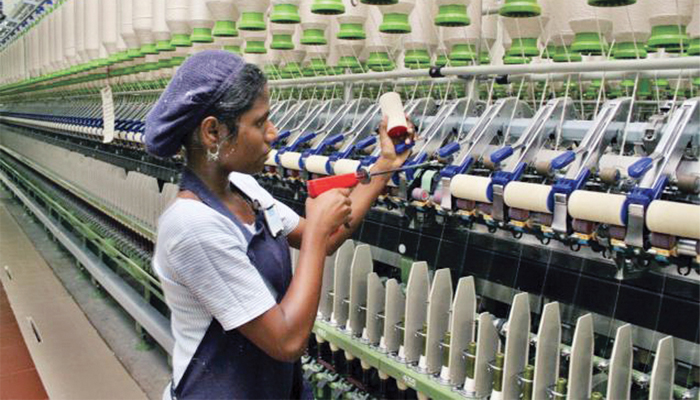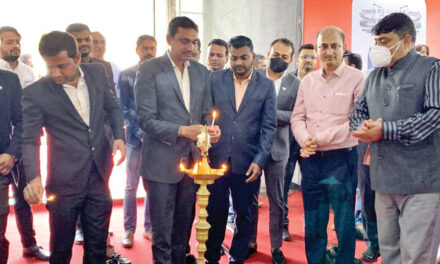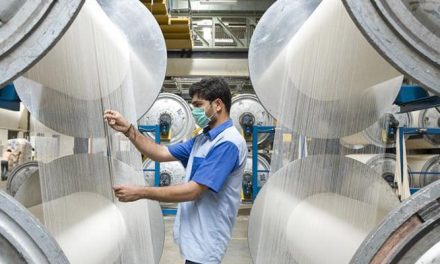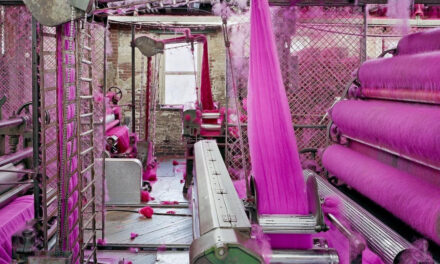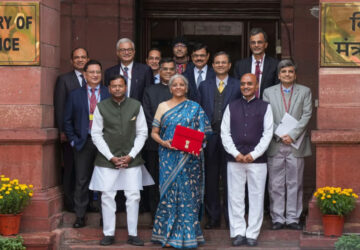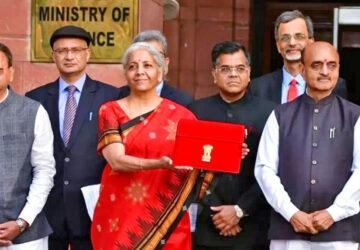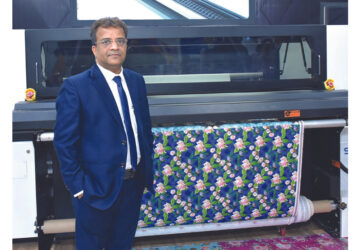For the textile industry, the year 2017 was challenging as it faced headwinds in the form of Goods and Services Tax (GST) leading to disruptions in production “We started the year getting out of demonetisation,” said SK Jain, Chairman, Confederation of Indian Textile Industry (CITI). “During November and December last year, production activities were down (on demonetisation). In January, it picked up. However, in April, concerns related to GST set in and no one wanted to hold stocks. Till September, demand was sluggish. From October, the market has picked up,” he said.
While retailers and manufacturers reduced inventory with special discount sales before the new indirect tax regime took effect, industries along the textile value chain saw GST-related disruptions in production. For an industry that is highly fragmented, runs on cash economy and where products are for mass consumption, the tax regime put a spanner in the works.
According to industry sources, textile production was affected by about 3 per cent to 4 per cent this year on account of GST. Though exports are showing growth issues with GST remain.“ China is reporting positive activity and demand is picking up in the US and the European Union,” said Siddhartha Rajagopal, Executive Director, Cotton Textiles Export Promotion Council.
“These are expected to augur well for Indian textile and clothing exporters next year. While there might be a small growth in exports this year (2017), there are problems in refunds for GST as even the July refunds are yet to come. The government should clear the backlog.”
Industry sources say that as more textile units get into the formal tax system, the prices of textile products might go up in the coming months. But, the impact would not be much for consumers. What is of concern to the industry is imports going up after GST. Post-GST, import of many textile items have increased, affecting the domestic industry and exports have become less competitive. The Centre has to restore the pre-GST import duty and export incentives. It should also focus on Free Trade Agreements, Jain says.
The production of cotton, has, however, has picked up. Cotton continues to be an advantage for the Indian textile sector as the current season’s production might be 380 lakh bales or a little more, said P. Nataraj, Chairman, Southern India Mills’ Association. “Capacity utilisation in spinning should go up if yarn exports improve. Yarn exports are approximately 70 mn kg a month now and are likely to increase to 100 mn kg next year,” Nataraj said.
“Investments continue in the textile sector in States such as Gujarat and Telangana, mainly because of the support extended by the State Governments. The Union Government should focus on the entire sector instead of specific ones such as garments,” he said. Exports saw 3 per cent rise between April and October, according to according to Kavita Gupta, Textile Commissioner. Though garment exports saw a slight decline in October, yarn and fabric exports have been better so far this year.
Also, Rs. 1,400 cr was disbursed as subsidy under the Technology Upgradation Fund Scheme (TUFS), supporting investments in the textile sector. GST would benefit the industry in the long run. With regard to technology mission on cotton, the office of the Textile Commissioner had submitted a proposal to the Textile Ministry, she said.
